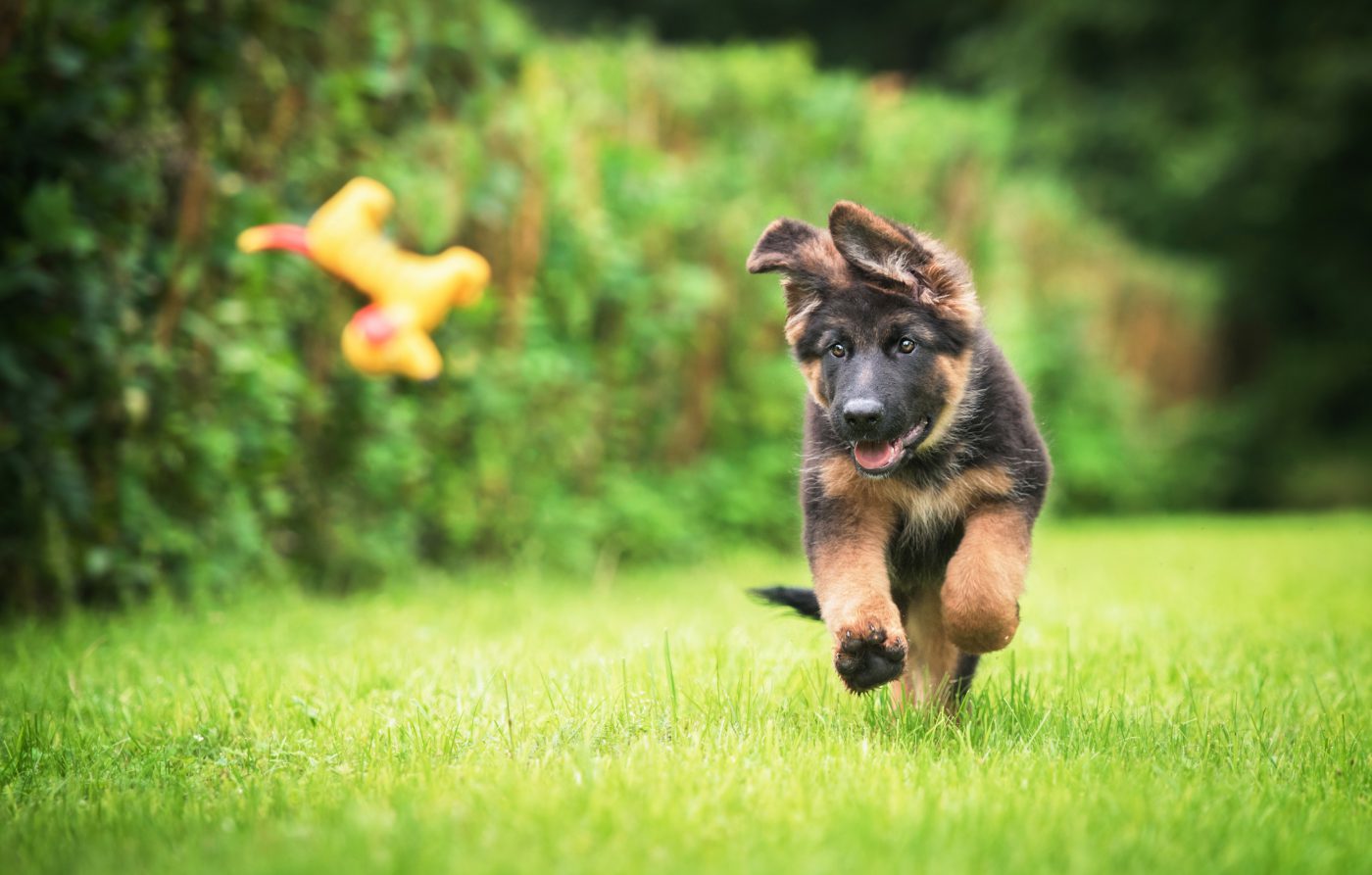AIM Uncovered
Exploring the latest insights and trends in technology and innovation.
Puppy Training: Taming the Tiny Tornado
Master the art of puppy training and turn your tiny tornado into a well-behaved companion! Discover tips that work wonders today!
Essential Commands for a Well-Trained Puppy: Start Your Journey Today
Training your puppy is an essential part of pet ownership that lays the groundwork for good behavior and a lasting bond. Starting with essential commands is crucial to ensure your furry friend understands what is expected of them. Here are four fundamental commands to get you started on your journey:
- Sit: This command is a fundamental one that teaches your puppy to remain stationary. It helps establish discipline.
- Stay: Teaching your puppy to stay in one place is vital for their safety in various situations.
- Come: The ability to come when called is essential for your puppy’s safety and recall.
- Leave It: This command helps keep your puppy safe from harmful objects and encourages good decision-making.
As you embark on training, consistency and patience are key. Remember to reward your puppy with treats and praise when they successfully follow a command. For more detailed guidance on training techniques, visit the American Kennel Club. Engaging in regular training sessions will not only enhance your puppy’s skills but also strengthen the bond between you and your pet. Start your journey today to raise a well-trained puppy that you’ll both be proud of!

Common Puppy Behavior Problems and How to Solve Them
Bringing a new puppy into your home is an exciting experience, but it comes with its fair share of common puppy behavior problems. Some of the most frequent issues include excessive barking, chewing on furniture, and housebreaking challenges. For instance, barking can be triggered by boredom, anxiety, or the need for attention. To address this, it's essential to engage your puppy with plenty of exercise and mental stimulation. According to the American Kennel Club, teaching your puppy the 'quiet' command can also help manage barking behavior.
Another prevalent issue is destructive chewing, often caused by teething or lack of appropriate toys. It's vital to redirect this behavior by providing chew toys that are safe and engaging. Consistency in training is key; whenever your puppy shows interest in chewing on furniture, gently redirect them to their toys. For expert tips on solving this problem, visit ASPCA's guide on dog behavior problems. By addressing these issues early on, you can foster a well-behaved companion and enhance your puppy’s overall training experience.
How to Socialize Your Puppy: Tips for Taming the Tiny Tornado
Socializing your puppy is an essential part of its development. Early socialization helps to prevent behavioral issues and ensures your furry friend grows into a well-adjusted adult dog. To begin, introduce your puppy to a variety of people, environments, and other animals in a controlled setting. Aim for positive experiences during these encounters, and consider utilizing AKC's guidelines for effective socialization techniques.
One helpful method for socializing your puppy is through structured puppy classes, where they can interact with other dogs and humans under the supervision of a certified trainer. This not only fosters good habits but also builds confidence. Remember to regularly expose your puppy to different sounds, surfaces, and smells, as variety is key. Always reward your puppy with treats and praise after positive interactions to strengthen their confidence further. For more detailed tips, check out this resource from the Humane Society.